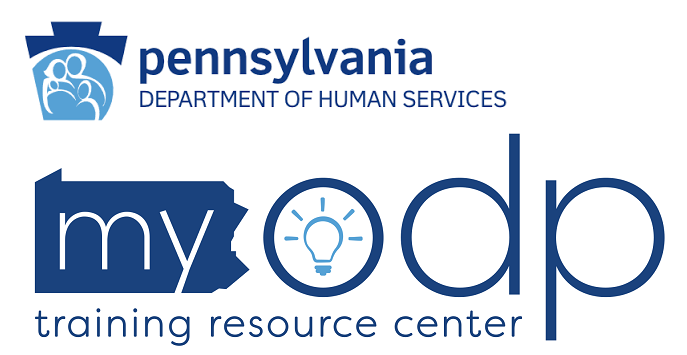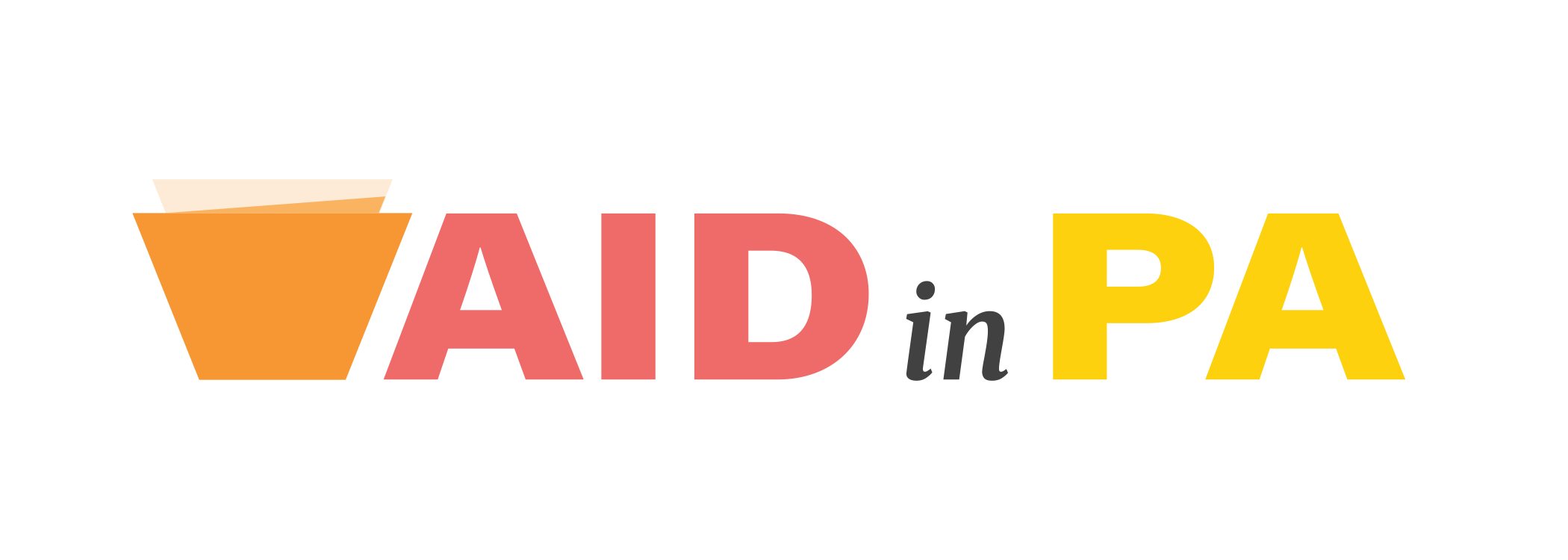Positive Approaches Journal, Volume 12, Issue 3
Mowery, Milani, Rosen | 20-28

Volume 12 ► Issue 3 ► November 2023
From
A Suicidal Youth to Working in Youth Suicide Prevention:
An
Outline of the Pennsylvania Garrett Lee Smith Grant
O.A. Mowery, Rose A. Milani, Perri Rosen
Youth suicide prevention is a bit like the Swiss cheese model,1 and I once almost fell through the holes. I was backstage at my local Christian theater the first time I had a suicidal thought; a month shy of 14. That moment was fleeting—thankfully—but as I made my way through high school, my stress compounded, and my brain coped by devising other ill-wrought plans. I don’t know if I would be here today if not for a stern but kind AP English teacher who personally reached out to my mother with her concerns about my teariness in class. She also connected me with the Student Assistance Program (SAP),2 which helped me get the support I needed. Of course, not every student has a Miss Muntz, and if we think of the Swiss cheese model, she was only one slice. While it takes just one person to notice that a child is struggling, it still requires a team effort to connect them to care. Preventing youth suicide requires a holistic, cross-systems perspective, which is why I am proud to be a research coordinator on the Pennsylvania Youth Resource for Continuity of Care in Youth Serving Systems and Transitions (PRCCYSST) project, funded by the Garrett Lee Smith Youth Suicide Prevention Grant (GLS), so that I can contribute to efforts to improve care for other Pennsylvania youth at risk of suicide.
This grant is the fourth iteration that has been awarded to Pennsylvania’s Department of Human Services’ Office of Mental Health and Substance Abuse Services (OMHSAS) by the Substance Abuse and Mental Health Services Administration (SAMHSA). It is a five-year grant, now in its final year, focused on continuity of care across youth-serving systems for those at risk of suicide. When someone is experiencing a suicide-related crisis, multiple systems are typically involved. For instance, they may initially be identified at home, at school, or in their community (e.g., by a primary care physician). Once identified, that youth may be referred to the crisis system or an emergency department for further evaluation. They may then be connected with various mental health treatment services (e.g., inpatient, outpatient, etc.). If admitted to an inpatient hospital, the youth and their family follow a similar pathway once the crisis is resolved, wherein they may be linked with additional supports (e.g., Student Assistance Program) and/or treatment options (e.g., outpatient) as they return to school. Within this project these pathways are referred to as the “pre-care” and “post-care” pathways. These pathways rely on effective cross-systems communication and collaboration. The grant team members from OMHSAS, Thomas Jefferson University, Drexel University, and the University of Pittsburgh have partnered with leadership in 16 different counties to bolster these pathways as a primary goal of the project.
This work is based upon Zero Suicide,3 a seven-part framework created by the National Action Alliance for Suicide Prevention, the Suicide Prevention Resource Center, and other national experts in suicide prevention. Based on a longitudinal research study that found that 83% of individuals who died by suicide had a healthcare visit in the year prior to their death,4 Zero Suicide asserts that suicides are preventable for individuals within healthcare systems. The seven facets of this comprehensive approach to suicide prevention are to lead system-wide culture change (LEAD), train a competent and caring workforce (TRAIN), identify individuals at risk (IDENTIFY), engage at-risk individuals using a care plan (ENGAGE), treat suicidal thoughts and behaviors (TREAT), transition individuals with warm hand-offs (TRANSITION), and improve policies and procedures (IMPROVE). While Zero Suicide was created with the intent of being used in healthcare settings, our team has attempted to broaden it to assess and impact change from a systems-perspective across an entire county. Not only have we applied the framework to multiple systems (e.g., schools, SAP liaison agencies, primary care, law enforcement, crisis services, emergency rooms, inpatient psychiatric hospitals, outpatient agencies, county human services, and suicide prevention task forces), but we have also worked to adapt the framework to have a focus on youth.
The team’s approach to working with each county has involved four phases. Phase One included what we called “needs assessments” which were adapted from the original Zero Suicide Organizational Self-Study5 to fit the context of each of the systems involved. This survey was referred to as the Pennsylvania Organizational Self-Study, or POSS. One of the tenants of Zero Suicide is that each organization or entity will have different needs, so an evaluation is critical to successful implementation. Within each county, we worked with mental health leadership to develop rosters of organizations and lead contacts within each of the youth-serving systems to complete the survey. Organizations were assessed for strengths and needs regarding comprehensive suicide prevention by responding to questions on a continuum of best practices in accordance with Zero Suicide. Responses were presented as text where the first response was baseline and the fifth response showed best practice, to which participants indicated the option that best reflected their organization’s level of prevention efforts related to that specific question. Their responses helped identify strengths and needs regarding training, screening, assessment, organizational policies and procedures, treatment, and prevention practices. We also utilized the county rosters to build county-specific network analysis surveys, which aimed to identify the connections between organizations in regard to supporting youth at risk of suicide. These surveys were referred to as the Pennsylvania Network Analysis (PANA). Survey respondents identified all organizations that they had connected with while supporting a youth experiencing a suicide-related crisis for either “pre-care” or “post-care,” as well as for other relevant indicators such as data sharing and exchange of services. Our evaluation partners then conducted a network analysis illustrating the relationships between organizations within each county. Sharing these visual network maps back with county leadership leads to valuable insight, such as showing a particular hospital being underutilized while another was overburdened, for example.
Results of the POSS and the PANA were presented back to the counties in Phase Two, which focused on local strategic planning. The primary goal of Phase Two was to reflect on the data collected, gather input to help identify youth suicide prevention priorities, and discuss strategy ideas for the priority areas, all while engaging a diverse group of stakeholders within each county. This led to the development of a strategic plan that would serve as an anchor for implementation and sustainability. County leadership expanded their original rosters of those whom they asked to complete the survey, in order to incorporate additional stakeholders and community partners, including those with lived experience. All identified stakeholders were then invited to two strategic planning meetings. At the first meeting, the grant team facilitated discussion among smaller system-specific groups, utilizing aggregate data on the strengths and needs identified for each system. Stakeholders within these groups were asked to reflect on the data and identify areas of priority. Following this meeting, all priority areas were consolidated and presented back to county leadership, who then identified two to three areas of focus. Stakeholders were then invited to a second meeting in which those areas of focus were presented back to them. Then, in cross-systems breakout groups, stakeholders were asked to consider each priority area and identify key efforts or resources already in place, as well as barriers to improvement. They then had the opportunity to brainstorm strategies for implementation of that priority area. Following these meetings, the grant team worked to develop a draft of a strategic plan for county leadership to reflect on and decide to adopt, often with additional input from their stakeholders.
Phase Three of the project involved supporting counties as they refined their action plans and began strategy implementation within one or more of their goals. Because Pennsylvania is a commonwealth, every county is unique and thus each county’s approach to their strategic action plan has been unique. Some counties established suicide prevention task forces or other local coalitions to oversee and implement aspects of their plan, while others have focused their efforts on strengthening infrastructure as a first step through expanding, diversifying, and/or restructuring their local task forces. In this phase, the grant team met regularly with each county to provide technical assistance in support of their plans. In some cases, the grant team offered direct support, such as for training or screening efforts, and in other cases the team provided consultation or feedback on local resource development or further data collection efforts.
In our current and final phase of the project, the focus has been sustainability of the strategic plan and key strategies. For some counties, Phase Four has involved readministering the POSS and PANA surveys in order to evaluate system-specific changes as well as cross-organizational connections that may have evolved over the course of the project. For other counties this phase has involved continuing to strengthen infrastructure to support implementation of the strategic plan beyond the end of this project, as well as further technical assistance from the grant team to identify methods for expanding or sustaining prioritized local initiatives.
In this final year of the grant, the project team is also conducting analyses to look at overall impact, and the feedback from our partner counties has been positive thus far. Additionally, we have begun to identify common themes that have emerged across counties, which we collectively discuss at monthly cross-county meetings. Stakeholders across counties have emphasized the need for increased communication across systems, including the standardization of documents and screening tools. There has also been a resounding need across multiple counties for resources specifically created for youth and families who are in crisis. We are working in partnership with statewide family support organizations to create resources for families that will then be distributed to our partner counties for their adaptation and use. An additional goal of the grant team in this final year of the project is to create a toolkit, so that other counties in the commonwealth can implement these efforts on their own.
Our goal in this project has been to support and work closely with our partner counties to enact change through a multi-disciplinary, multi-system approach to suicide prevention. Rather than just focus on schools or primary care as we have done with previous GLS grants, we sought to collaborate with counties in engaging multiple systems, bringing them into a shared conversation about comprehensive youth suicide prevention both within and across organizations. While Zero Suicide has provided us with a helpful framework for doing this work, we also hope that it becomes a shared language across systems, thus improving communication and collaboration. All our efforts are made to support youth at risk of suicide and their families by improving the continuity of care to keep them from falling through the gaps.
References
1. Grumet J, Hogan M. The Emerging Zero Suicide Paradigm: Reducing Suicide for Those in Care. National Action Alliance for Suicide Prevention. Aug 28, 2014. The Emerging Zero Suicide Paradigm.
2. Pennsylvania Network for Student Assistance Services. What is the student assistance program? 2019. What is the Student Assistance Program?
3. Education Development Center. (2015). Homepage: Zero suicide. Zero Suicide. 2015. Zero Suicide Practices Reduce Suicides Study.
4. Ahmedani, B.K., Simon, G.E., Stewart, C. et al. Healthcare visits prior to death - Health Care Contacts in the Year Before Suicide Death. J GEN INTERN MED. 2014;29: 870–877. Health Care Contacts in the Year Before Suicide Death Study.
5. Zero Suicide Organizational Self-Study. Education Development Center. 2015. Zero Suicide Organizational Self-Study.
Biographies
O.A. Mowery (they/them) is a research coordinator at Thomas Jefferson University in Philadelphia, Pennsylvania. Proudly from Harrisburg PA, they moved to Philadelphia while attending La Salle University, where they earned a B.S. in Biology. They are currently studying for their Master’s in Public Health degree at Thomas Jefferson University, in addition to working there. Email: olivia.mowery@jefferson.edu
Rose Milani (she/her) has been working in the field of suicide prevention for the last 10 years. She has served as project coordinator and now program director for the Garrett Lee Smith Youth Suicide Prevention Grant in Pennsylvania. She assists in facilitating the Higher Education Suicide Prevention Coalition and is on the executive board of the Delaware Valley Medical Student Wellness Collaborative. She is currently getting her Master’s in Public Health from Thomas Jefferson University. Email: rose.milani@jefferson.edu
Dr. Perri Rosen (she/her) is a consulting psychologist at the Pennsylvania Office of Mental Health and Substance Abuse Services (OMHSAS) at the Department of Human Services (DHS) in Harrisburg, Pennsylvania. She is also a Nationally Certified School Psychologist (NCSP) and licensed psychologist in Pennsylvania. Dr. Rosen co-chaired the Governor's Suicide Prevention Task Force, which was launched in May 2019, and she has remained part of the state leadership team for the Task Force. At OMHSAS, Dr. Rosen has also helped lead several school and community-based youth mental health and suicide prevention initiatives, including the Garrett Lee Smith Youth Suicide Prevention grant and the Pennsylvania Network of Student Assistance Services. Email: c-prosen@pa.gov
Contact Information
Questions/comments? Reach out to olivia.mowery@jefferson.edu




